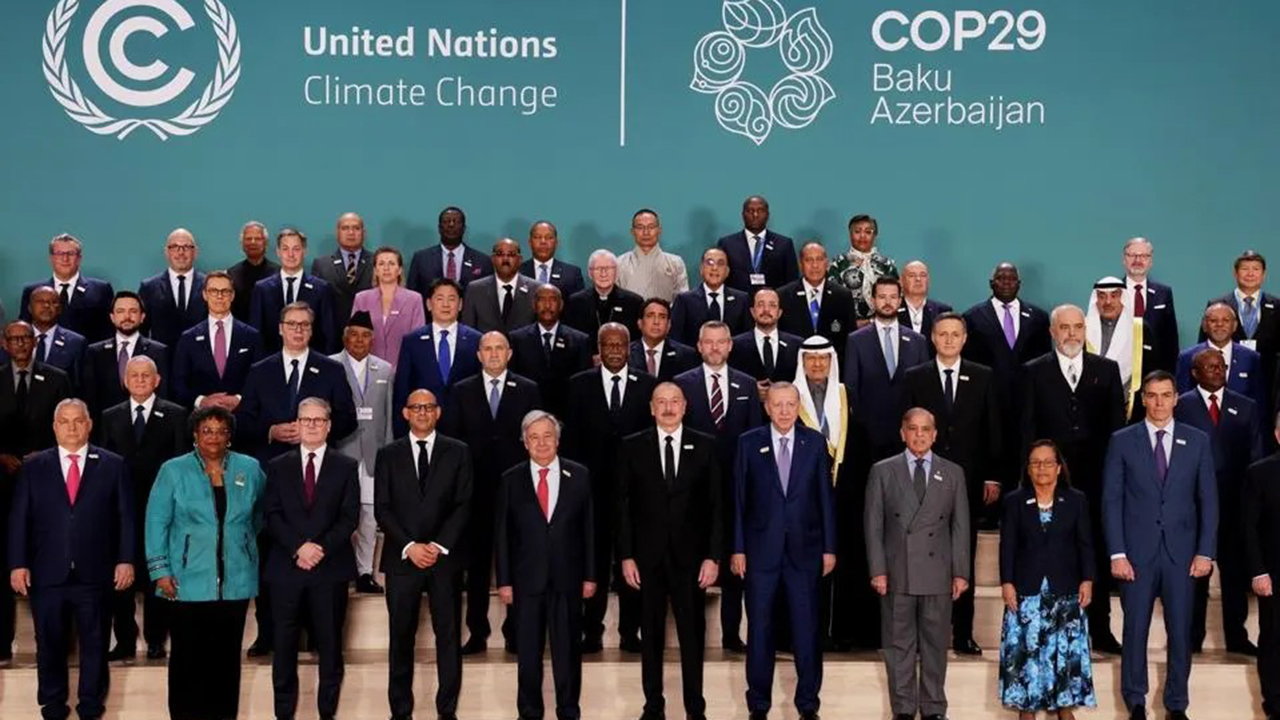The Iron Dome system, developed by Israel with substantial U.S. funding, has long been marketed as one of the most advanced missile defense technologies in the world. Its effectiveness has been praised across Western military-industrial complexes, often used as a political and economic tool for asserting dominance and selling advanced weapons to allies and client states.
At the heart of this narrative lies the claim that the Iron Dome can intercept and neutralise nearly all incoming projectiles, offering Israel a shield of invincibility against regional adversaries. This illusion of invulnerability serves both as a deterrent and as a symbol of Western technological and military superiority.
However, recent events have forcefully challenged this narrative. In a daring and coordinated military operation, Iran launched a barrage of drones and ballistic missiles targeting Israeli cities including Tel Aviv, Jerusalem, Haifa and many other cities in Israel. Despite the deployment of the Iron Dome and other defense systems such as David’s Sling and Arrow, several of these projectiles penetrated Israeli airspace and inflicted damage. This unprecedented retaliation by Iran has exposed vulnerabilities in Israel’s defense architecture, offering a powerful counter-narrative to the myth of the invincible Iron Dome.
The U.S. and the Iron Dome: A tool of empire
For the United States, the Iron Dome is more than just a defense system; it is a geopolitical asset. By financing, co-developing, and exporting such systems, Washington projects its military-industrial complex as the backbone of global security. U.S. arms manufacturers benefit enormously from this relationship, selling billions of dollars’ worth of similar technologies to countries like Saudi Arabia, the UAE, South Korea, and European NATO allies.
The claim that the Iron Dome is “near-perfect” in performance has been central to this narrative. But what happens when this myth unravels? The U.S. government, media, and military institutions are quick to downplay any breach, often citing limited damage or successful interception rates. The truth, however, is harder to conceal when high-definition footage and eyewitness reports show Iranian missiles lighting up Israeli skies, leaving damage in their wake.
Iran’s military retaliation: A new era of deterrence
The April 2024 retaliatory strikes by Iran were not random provocations. They followed the assassination of senior Iranian commanders, attacks on Iranian consulates, and repeated Israeli airstrikes in Syria, Lebanon, and even deep into Iraq. Iran had long warned that it would retaliate decisively if red lines were crossed. When these red lines were violated, Tehran responded with a show of military resolve that not only shocked Israel but unsettled Washington and its allies.
For the first time, a direct confrontation occurred between Israel and Iran without proxies as intermediaries. Iranian projectiles rained down on Israel’s critical infrastructure, airports, military bases, and major urban centers. While the Iron Dome and other layered defenses were activated, they failed to intercept all the threats. Damage was reported in various locations, including sensitive military installations and civilian infrastructure, forcing both the Israeli public and the global community to reassess the reliability of Israel’s much-hyped defense shield.
The Iron Dome’s vulnerabilities
Despite its sophistication, the Iron Dome is not foolproof. It is designed to intercept short- and medium-range rockets with predictive trajectory technology, calculating whether a projectile will hit a populated area before attempting interception. However, this capability is overwhelmed when:
Multiple missiles are launched simultaneously – a saturation attack.
Drone swarms are employed, confusing radar and targeting systems.
Ballistic missiles with unpredictable trajectories are used.
Electronic warfare disrupts command and control systems.
Iran’s recent strike incorporated all these elements. By combining different types of munitions, Iran forced the Israeli defense grid into triage mode—choosing which threats to intercept and which to ignore. Some drones and missiles were allowed to hit their targets because intercepting all would have exhausted Israel’s defenses or caused system failure.
Geopolitical implications: Shifting balance of power
This development has wide-ranging implications for the balance of power in the Middle East. For decades, Israel has operated under the assumption of unassailable military superiority, bolstered by U.S. intelligence, advanced weaponry, and the narrative of technological invincibility. Iran’s successful retaliation challenges this assumption and emboldens the so-called “Axis of Resistance”—a coalition of forces that includes Hezbollah, Syrian militias, the Houthis in Yemen, and groups in Iraq and Gaza.
By striking Israel directly and surviving the geopolitical backlash, Iran has demonstrated that the era of one-sided Israeli strikes may be coming to an end. Moreover, it has inspired resistance movements and state actors who have long been victims of Israeli aggression. It shows that even with advanced defense systems, no state is impervious to retaliation.
The hypocrisy of western silence
One cannot ignore the double standards in global reactions to the Israel-Iran confrontation. When Israel bombs Gaza, Syria, Lebanon, or even Iranian territories, the West defends its “right to self-defense.” However, when Iran retaliates after suffering repeated violations of its sovereignty, it is condemned as “provocative” or “escalatory.”
This hypocrisy is evident in the muted western response to Israel’s continued attacks on Gaza and the West Bank, even after months of war and the deaths of over 55,000 Palestinians, including thousands of children.
The international community largely failed to condemn these atrocities, instead shielding Israel from accountability at the United Nations and other international forums. Iran’s response, therefore, is not only military—it is symbolic. It is a defiant gesture against an unjust world order that condones Israeli aggression and criminalises resistance.
Israel’s multiple war fronts: A sign of strategic overreach
The notion that Israel can wage war on multiple fronts with impunity has been tested and found wanting. Over the past 29 months, Israel has launched military operations in Gaza, the West Bank, Lebanon, Syria, and even parts of Yemen, targeting what it calls “terrorist infrastructure.” Yet, it has failed to decisively defeat Hamas or Hezbollah. Despite its air superiority and technological advantage, Israel remains entangled in a protracted war in Gaza with no clear path to victory. The continued attacks have only deepened Palestinian resistance and increased international condemnation.
Israel’s strategy of perpetual military engagement—intended to deter enemies and project strength—is now yielding the opposite effect. The overstretched Israeli Defense Forces are losing the ability to decisively dominate any single front. Domestic dissent, mounting casualties, economic pressure, and a growing sense of insecurity among Israeli citizens are all signs of a nation under duress.
The failure to decimate Iran’s nuclear infrastructure
One of Israel’s boldest claims is its ability to destroy Iran’s nuclear infrastructure in a preemptive strike. This assertion has been echoed by Western analysts and hawkish politicians who support military action to prevent Iran from acquiring nuclear weapons. However, recent events cast serious doubt on this claim.
If Israel cannot fully intercept Iranian missiles or prevent retaliatory strikes on its soil, how can it be trusted to undertake a high-risk, high-stakes military operation deep inside Iranian territory—one that would involve hundreds of sorties, cyberwarfare, and possible regional escalation? The answer is clear: the claim is more propaganda than reality.
A new strategic reality
The recent confrontation between Iran and Israel marks a turning point in the geopolitical landscape of the Middle East. The Iron Dome’s vulnerabilities have been exposed, the illusion of Israeli military invincibility has been shattered, and the United States’ narrative of unmatched technological dominance is increasingly being challenged.
For too long, the U.S. and Israel have used the myth of invulnerability to justify wars, occupation, and the suppression of resistance. The propaganda surrounding the Iron Dome was part of this larger strategy—one that sought to intimidate adversaries and pacify public scrutiny. But technology alone does not guarantee security. Moral legitimacy, strategic clarity, and diplomatic engagement are just as vital.
Iran’s calculated strike was not just a show of strength—it was a statement of resolve, a signal that the balance of power is shifting, and a reminder that no state, however powerful, can act with impunity forever. The age of unilateral military dominance is giving way to a multipolar reality where resistance, resilience, and regional alliances can no longer be ignored. In the final analysis, the Iron Dome has not failed merely as a weapon system—it has failed as a myth. And with its unmasking, the world may be one step closer to confronting the deeper truths behind conflict, injustice, and the politics of fear.
Udenka, an Architect is a Social and Political Analyst and the CEO Igbo Renaissance Awakening.
He can be reached via:#AfricaVisionAdvancementTrust.






